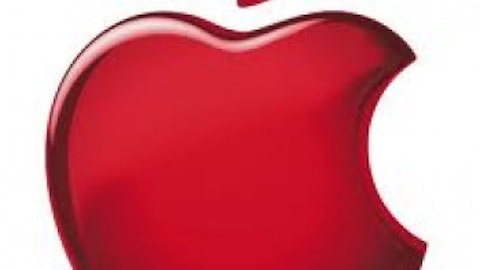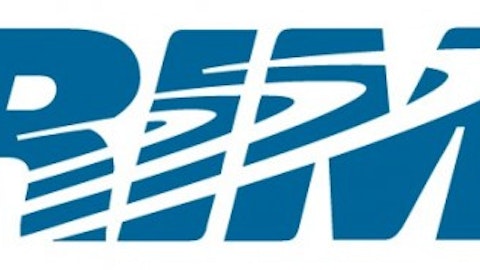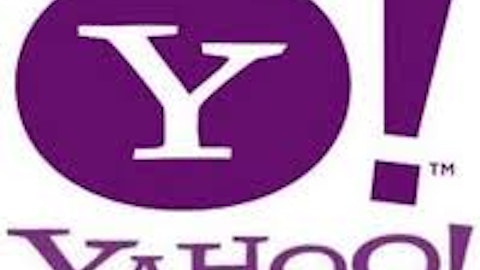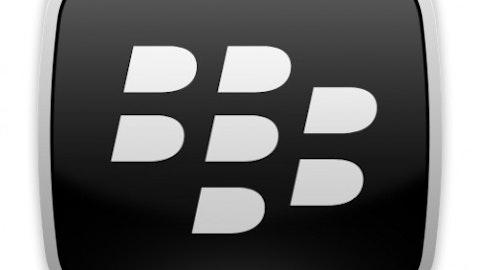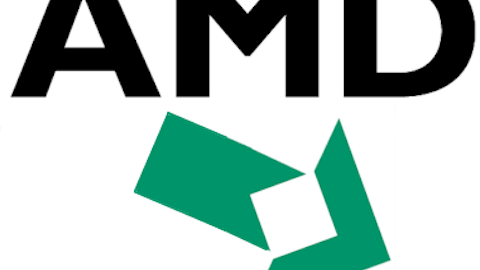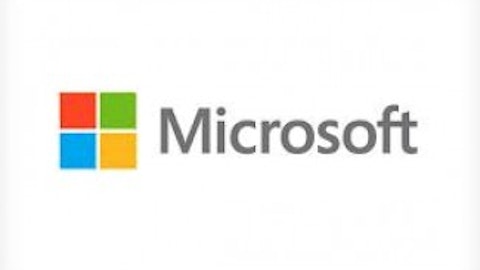Advanced Micro Devices, Inc. (NYSE: AMD) has had possibly one of the roughest couple of years that a company can have and still be functional. Serious underperformance of the last two top-end CPU cores – “Bulldozer” and “Piledriver” – versus Intel Corporation (NASDAQ:INTC)’s Sandy Bridge derivatives has seriously degraded market share in the personal computing space due to real-world single-threaded performance among other issues. Only in the low-power, low-cost (and therefore low-margin) business could Advanced Micro Devices, Inc. (NYSE:AMD) compete with anything Intel had to offer. Its Brazos E-series APU’s built on the 40nm ‘Bobcat’ core were head and shoulders above anything Intel Corporation (NASDAQ:INTC) could muster from its aging Atom line. And it’s there where the hopes of AMD’s resurrection will be placed.

The HD 4000 barely competes in basic functions with AMD’s last-generation VLIW-5 GPU’s, no less the new GCN 2.0 cores that are a part of Kabini, Temash and the upcoming Kaveri. The HD 4600 in all its variants will cut the gap between Advanced Micro Devices, Inc. (NYSE:AMD) and Intel, but it will not close it sufficiently, and then Advanced Micro Devices, Inc. (NYSE:AMD) will take Kabini/Temash down to the new 20nm process from Global Foundries and simply destroy Intel’s low power offerings on price, wafer density and, most importantly, performance.
Don’t think it’s possible? The latest numbers we’ve seen have a 5.9W quad-core Temash outperforms a 17W Core i-3 Sandy Bridge in Cinebench R11.5, a benchmark usually very favorable to Intel’s single-threaded performance at 1.4GHz for both CPU’s. Temash did this at one-third the power draw with a chip 30% smaller. Frankly, this is close to disruptive chip technology as it is capable of bringing x86 power and compatibility realistically into the range of mobile and ultra-mobile devices like smartphones.
Even more impressive for Temash is its TurboDock ability, which allows a 3.6W tablet, depending on the cooling configuration chosen by the OEM, to open up the TDP envelope and run with fan cooling up to 17W, creating a truly best of both worlds option for the hybrid market. AMD showed off reference designs at the Mobile World Congress from all three major Taiwanese ODMs: Compal, Quanta and Wistron. For the first time in a while Advanced Micro Devices, Inc. (NYSE:AMD) is ready with the right product at the right point in time and the OEM/supply chain relationships in place to credibly supply the market.
Jaguar’s performance is so impressive, especially for its size, that an 8-core version of it is what is powering Sony Corporation (ADR) (NYSE:SNE)’s Playstation 4 as well as the next Xbox from Microsoft. Think about that for a moment. These are computing cores designed to work at the ‘low-end’ of the market running the latest and greatest gaming consoles.
I have no idea what the current state of the rumormill is, but I would not be shocked to find Apple Inc. (NASDAQ:AAPL) taking a long and serious look at a 15W Kabini APU for its refresh of the MacBook Airs when they announce them later in the year. With Haswell’s release slipping into June and performance numbers that have been, at best, underwhelming, Advanced Micro Devices, Inc. (NYSE:AMD) may have finally caught Intel by surprise simply by doing an end-run around the big dog. We know that Apple kicked Trinity’s tires very seriously last year but ultimately went with Ivy Bridge because AMD simply could not supply the chips in volume. Today that situation no longer exists. Kabini/Temash is ahead of schedule and will be in consumer’s hands by May. They are being built on a very mature 28nm process at TMSC.
Building the relationship with AMD now would be in Apple’s best interests when one looks ahead to the coming merger of x86 and ARM SoC’s. AMD is the leader behind Heterogeneous System Alliance, and it’s widely understood that both Microsoft and Apple are effectively ‘silent partners’ at this point. HSA capabilities will first show up in Kaveri, due late in 2013, and AMD’s is the one leading this charge with nearly everyone in the industry except Intel that matters having signed on at this point.
At current prices AMD may be the steal in technology in early 2013. There are any number of pitfalls that could derail the company at this point, and profitability in the short-term is still questionable. But, considering the mess that exists within Intel and the sheer size of the task to realign it with low-power versus high-performance is going to take more than just one new design cycle – i.e. Haswell. And that is where AMD’s opportunity over the next couple of years lies.
The article AMD Pounces on Intel With Jaguar originally appeared on Fool.com and is written by Peter Pham.
Copyright © 1995 – 2013 The Motley Fool, LLC. All rights reserved. The Motley Fool has a disclosure policy.
